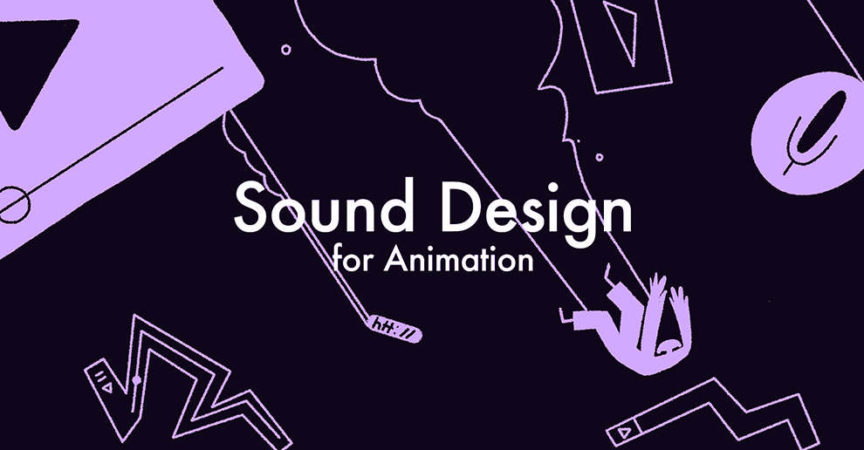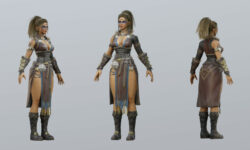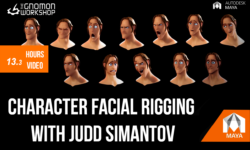Sound Design for Animation
Release date:2019
Author:Dmitry Novozhilov
Skill level:Beginner
Language:English
Exercise files:Yes
What will I learn in the Sound Design course?
It’s a drip course, and you will get two lectures a week
1. Introduction
This lesson is important for giving you an idea of the volume of the work. It will also help you to get ready with everything you need for the course. We’ll have a look at:
The necessary hard- and software (DAW, Soundly);
Sound libraries;
The principles of work of a sound designer;
The review of the course materials.
2. Cubase Work Station and Soundly
These two are very important programs that we’ll take a close look at and review their major capabilities and settings. You’ll get to know about the interface, the settings and the plug-ins necessary for the work on sound design.
Cubase is our main work station and Soundly is a sound effects platform which we use daily. We need it to find the necessary sounds.
3. Layering
We will cover how unique sound effects are created by combining several sound textures.
4. Sound Design for an Interface
We will get to know how to create sound effects for an interface. Also, you will learn the principles of work of a sound synthesizer.
5. Foley Effects
Here we will cover the topic of creating sounds accompanying the characters’ movements and sounds of other objects in the frame. For example, the sound of footsteps, of a squeaky door, of a car passing by, etc.
6. Characters’ Sound Effects
Here we will find out how to make characters look truly alive. We will learn how to create characteristic sounds and voices for them.
7. Creating Ambience
One of the main topics in sound design is creating a sound background that influences the identification and perception of the action setting.
8. Special Sound Effects
We will cover the topic of creating sound effects, which are usually impossible to be recorded on the microphone.
9. Voiceover Editing
In this lesson, we will share our experience of editing and processing voiceover tracks.
10. Final Mix
The fact that you have successfully completed all the previous stages doesn’t mean the work is done. Now we need to set the right volume balance between the elements of the mix. We will also explore different volume standards for various digital platforms.





 Channel
Channel





Thanks mate!
Any chance you could get this course
https://motiondesign.school/products/frame-by-frame-handdrawn-fx
Please add more audio tutorial
sure
Hi man thx for your courses
Can you add Sound design powerup from motion design school which is like this one but done in free software Reaper
Hi! Thank you so much for this.
Now we are waiting for this course:
https://motiondesign.school/courses/science-of-character-animation-by-markus-magnusson/
I hope you could get it. Thank you!
Thanks man!
Please get this course one
https://motiondesign.school/courses/sound-design-powerup/
Reaper is free and doesn’t take as much space as Cubase. It’s a real treat